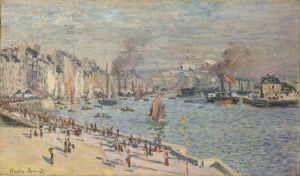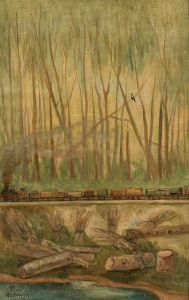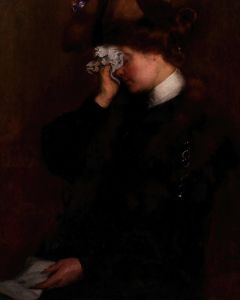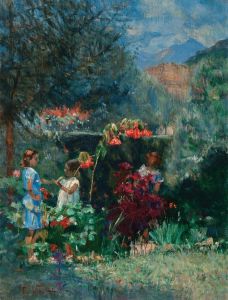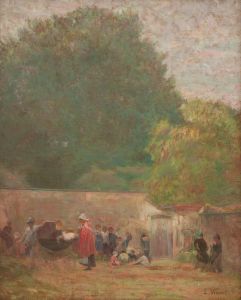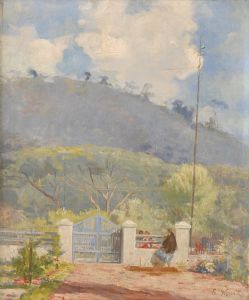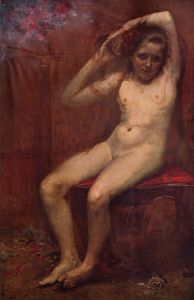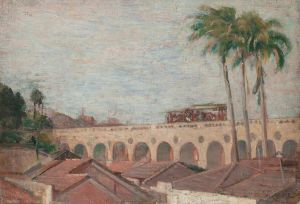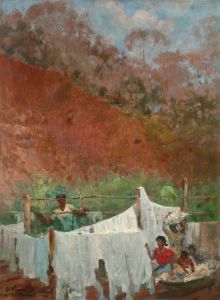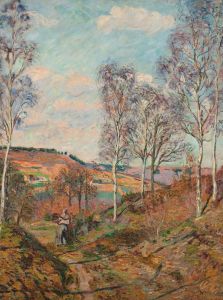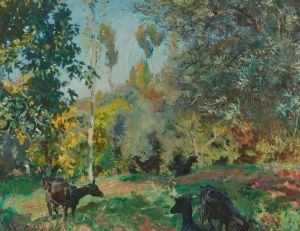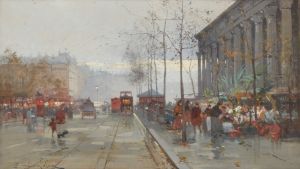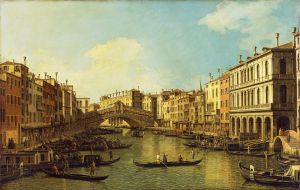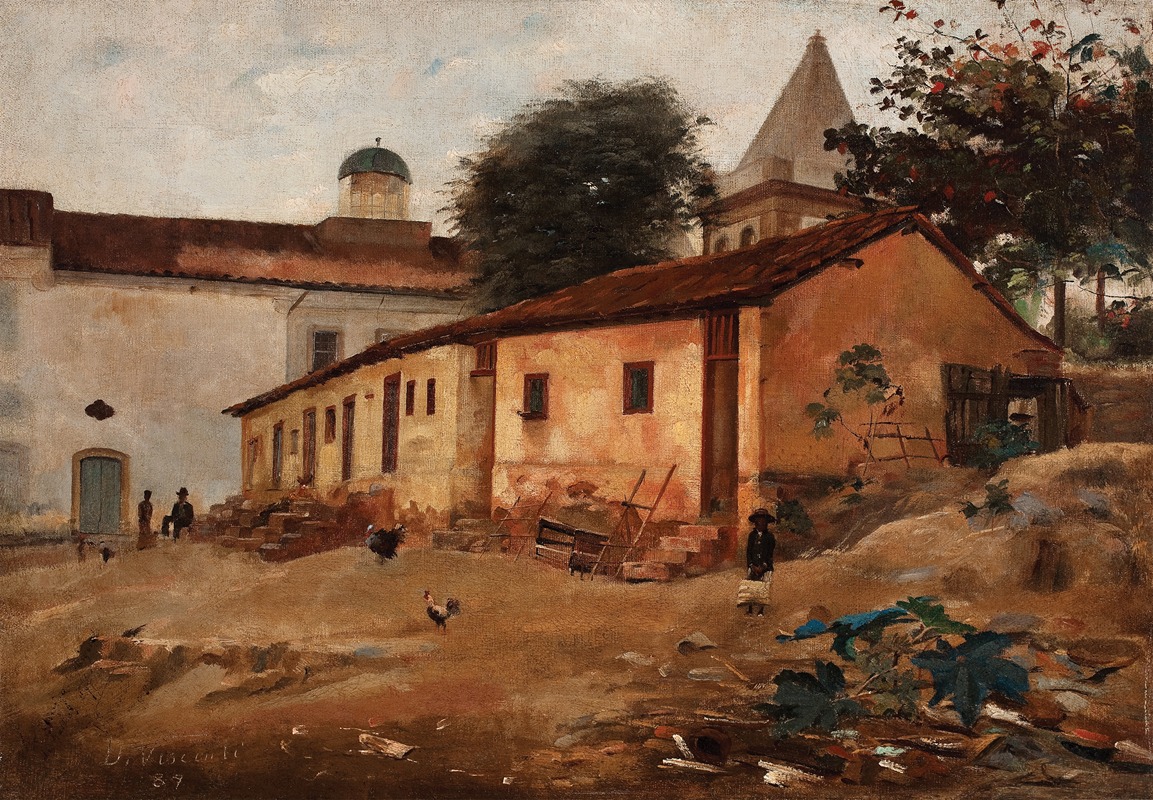
Morro de São Bento
A hand-painted replica of Eliseu Visconti’s masterpiece Morro de São Bento, meticulously crafted by professional artists to capture the true essence of the original. Each piece is created with museum-quality canvas and rare mineral pigments, carefully painted by experienced artists with delicate brushstrokes and rich, layered colors to perfectly recreate the texture of the original artwork. Unlike machine-printed reproductions, this hand-painted version brings the painting to life, infused with the artist’s emotions and skill in every stroke. Whether for personal collection or home decoration, it instantly elevates the artistic atmosphere of any space.
Eliseu Visconti, a prominent Brazilian artist, created the painting Morro de São Bento in the early 20th century. Visconti is widely regarded as one of the pioneers of modern art in Brazil, and his works often reflect a blend of European artistic influences and Brazilian themes. Born in Salerno, Italy, in 1866, Visconti immigrated to Brazil as a child and later became a key figure in the development of Brazilian Impressionism and Art Nouveau.
Morro de São Bento depicts a view of São Bento Hill, a location in Rio de Janeiro that is historically significant for its Benedictine monastery, the São Bento Monastery (Mosteiro de São Bento). This monastery, founded in 1590, is one of the oldest and most important religious institutions in Brazil. The hill and its surroundings have been a source of inspiration for many artists due to their cultural and architectural significance, as well as their scenic beauty.
The painting showcases Visconti's mastery of light, color, and composition, hallmarks of his Impressionist style. His use of soft, diffused light and vibrant colors captures the atmosphere of the scene, emphasizing the natural beauty of the landscape. The work reflects Visconti's ability to merge European artistic techniques with a uniquely Brazilian sensibility, a characteristic that defines much of his oeuvre.
Eliseu Visconti studied at the Imperial Academy of Fine Arts in Rio de Janeiro and later in Paris, where he was influenced by the Impressionist and Symbolist movements. His exposure to these styles is evident in Morro de São Bento, as the painting demonstrates a keen attention to the interplay of light and shadow, as well as a focus on the emotive qualities of the landscape.
While specific details about the creation date and current location of Morro de São Bento are not widely documented, the painting remains an important example of Visconti's contribution to Brazilian art. His works, including this piece, played a significant role in shaping the visual arts in Brazil during a period of cultural transformation.
Eliseu Visconti's legacy endures as one of Brazil's most influential artists, and Morro de São Bento stands as a testament to his artistic vision and technical skill. The painting continues to be appreciated for its historical and cultural significance, as well as its aesthetic qualities.





